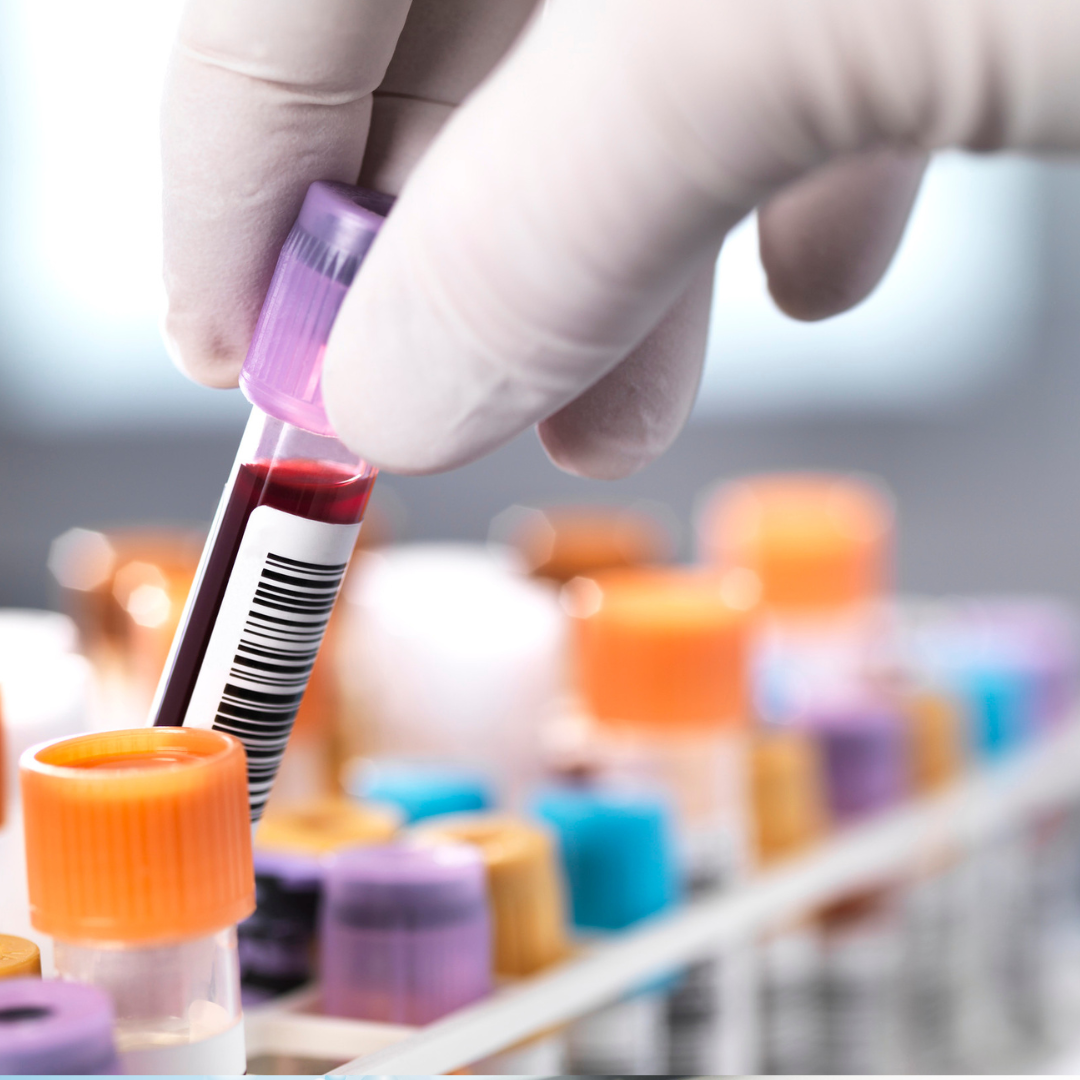Long COVID-19: An Overview
Long COVID-19, or post-acute sequelae of SARS-CoV-2 infection (PASC), is a global health issue marked by persistent symptoms following the acute phase of COVID-19. Affecting millions worldwide, it poses significant healthcare challenges and impacts workforce participation due to symptoms like fatigue and cognitive impairments. This condition underscores the need for continued research, healthcare system adaptations, and targeted treatments to address its prolonged effects on individuals and economies.
**New Study Highlights Metabolic Changes in Long COVID-19**
A recent study published in the *Clinics Journal* (Elsevier) has revealed significant metabolic changes in non-vaccinated individuals with Long COVID-19, providing key insights into disease severity. Led by Marvin Edeas, MD, PhD, from Université de Paris, Institut Cochin, INSERM 1016, France, and an international team led by Jumana Saleh, PhD, from Sultan Qaboos University Hospital, Oman, this research offers a deeper understanding of Long COVID-19.
Key Findings of the Study
Titled “Reduced HDL-cholesterol in Long COVID-19: A Key Metabolic Risk Factor Tied to Disease Severity,” the study examined 88 patients with varying initial disease severities (mild, moderate, and severe) compared to a control group of 29 healthy individuals. The controlled study uncovered significant metabolic shifts, including a substantial reduction in HDL-cholesterol (HDL-C) levels, a twofold increase in ferritin levels, and increased insulin resistance among severe Long COVID-19 cases. These metabolic markers emerged as primary predictors of disease severity, offering new perspectives on managing and treating Long COVID-19.
Implications of HDL-C and Ferritin Levels
Dr. Marvin Edeas explained, “Our research has, for the first time, established a direct correlation between HDL-C and ferritin levels and the severity of Long COVID-19. The decline in HDL-C levels and the rise in ferritin levels observed in patients, influenced by the severity of the initial infection, could potentially play a role in the persistence and progression of Long COVID-19 symptoms.” This study is crucial in understanding Long COVID-19 and its long-term impacts on metabolic health.
The findings suggest that HDL-C and ferritin levels could serve as critical markers and therapeutic targets, opening new avenues for treatment strategies aimed at mitigating the long-term effects of the disease. By considering these metabolic markers, preventive strategies can be developed to significantly reduce the prolonged impacts of COVID-19 on patients' health.
**HDL-C’s Role in Immune Response Modulation**
The observed correlation between diminished HDL-C levels, the severity of COVID-19, and its prolonged course can be explained by HDL-C’s role in modulating the immune response. HDL-C functions as an anti-inflammatory, antioxidant, and antiatherogenic agent, crucial during the heightened inflammatory response triggered by the virus. Investigating HDL-C’s role beyond its conventional function in cholesterol transport is essential for a comprehensive understanding of COVID-19 and its secondary health effects, including long COVID-19.
**Lipid Remodeling During SARS-CoV-2 Infection**
Research indicates that COVID-19 induces significant changes in host lipid metabolism, leading to the accumulation of cellular lipid reserves. These alterations facilitate the viral takeover of host cellular mechanisms, aiding infection progression. Laboratory evidence shows that viral replication ceases upon administering small molecule lipid inhibitors, underscoring the virus’s reliance on host lipid resources for replication.
**Iron Dysregulation, HDL-C, and Ferroptosis in COVID-19**
A crucial aspect of the interplay between HDL-C functionality and iron homeostasis is ferroptosis, a process induced by lipid peroxidation and disturbed iron balance, characterized by the buildup of iron and lipid oxidation products, leading to reduced antioxidant defense capabilities. HDL-C plays a significant role in mitigating the adverse effects associated with ferroptosis, highlighting the importance of maintaining balanced iron levels in COVID-19 management.
"Our findings highlight the exacerbating effect of impaired iron regulation on COVID-19 progression, further complicated by the disrupted protective functions of HDL-C," stated Dr. Jumana Saleh.
**Host Metabolic Processes vs. Viral Interference**
The outcome of the "war" between the host's metabolic defenses and viral invasion strategies hinges on the control over iron and lipid resources. The virus strategically targets these metabolic reserves to support its replication and spread. According to Dr. Marvin Edeas, this battle underscores the complex interaction between host metabolic pathways and viral mechanisms, emphasizing the strategic importance of iron and lipid regulation in determining the course and outcome of COVID-19 infection.
**Targeting Mitochondria: The Viral Strategy**
How does the strategic alteration of iron and HDL-C levels by the virus contribute to its goal of targeting mitochondria to disrupt host defense mechanisms? Dr. Marvin Edeas, founder of the World Mitochondria Society, commented on this perspective.
"In the intricate dance of viral infection, the virus employs a calculated strategy aimed directly at the heart of the host's cellular energy and defense systems — the mitochondria. By subtly manipulating and altering the host's iron metabolism and HDL-C levels, the virus orchestrates a multifaceted attack designed to undermine mitochondrial integrity and function. This strategic disruption serves to weaken the mitochondria, a crucial step in the virus's broader aim to compromise the host's ability to mount an effective defense. Through this sophisticated mechanism of action, the virus ensures its survival and proliferation within the host, highlighting the importance of understanding these viral tactics for developing targeted therapeutic interventions."
**Conclusion**
The research on Long COVID-19 has provided vital insights into the metabolic changes associated with the condition. Understanding the roles of HDL-C and ferritin levels in disease severity offers new avenues for treatment and management. By focusing on these metabolic markers, healthcare strategies can be developed to mitigate the long-term impacts of COVID-19, improving patient outcomes and overall health.



